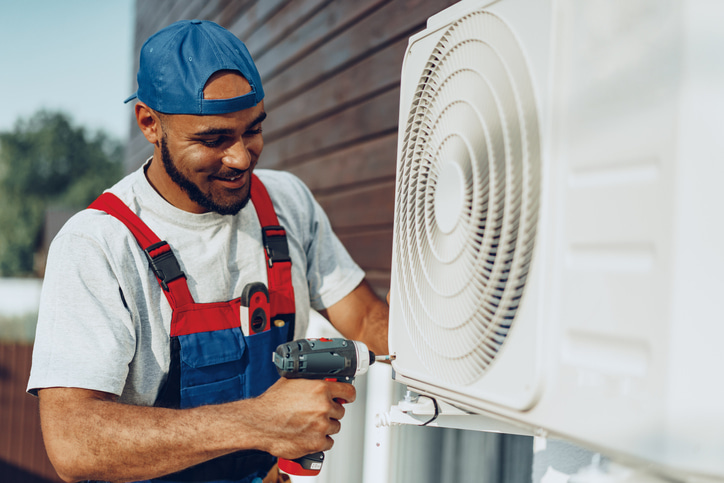It’s a sweltering summer day in Irving, TX, and your home feels more like a sauna than a sanctuary. You check the thermostat and it’s set to cool, but the air blowing from the vents is warm. A malfunctioning heat pump in Texas heat demands urgent attention. Here’s how to decide the smartest move for your home and wallet when you’re wondering whether to repair or replace your heat pump:
Consider the Age of Your Heat Pump
Most heat pumps have a lifespan of 10 to 15 years. Replacement is often the more cost-effective option if yours is approaching or exceeding that range. Older systems not only break down more frequently, but they’re also significantly less efficient than newer models. In Irving’s long, hot summers, an outdated heat pump could be costing you hundreds in wasted energy.
Look at Heat Pump Repair Frequency and Costs
If your heat pump has needed frequent repairs over the past two years, it’s likely on its last legs. A good rule of thumb: if the heat pump repair cost is more than 50% of the price of a new system, replacement makes more financial sense. Constant breakdowns strain your budget and risk leaving you without cooling when needed.
Check Energy Bills for Efficiency Loss
Have your energy bills spiked despite similar usage? A struggling heat pump has to work harder to cool your home, which means higher monthly costs. New ENERGY STAR-rated heat pumps can be up to 20% more efficient than older systems. In a city like Irving, that could add up to hundreds in annual savings, making replacement a wise investment.
Evaluate Comfort and Air Quality
Uneven cooling, weak airflow and increased humidity are all signs your heat pump isn’t performing as it should. If your home never feels fully comfortable or your indoor air feels muggy, it may be time to replace the system rather than continue patching it. A new heat pump can improve comfort and air quality during the long Irving summer.
If you need a heat pump repair or replacement in Irving, TX, contact Cool Tech Mechanical for immediate assistance. We’ll help you decide the best course of action and optimize your system’s performance for energy savings.
Image provided by iStock


